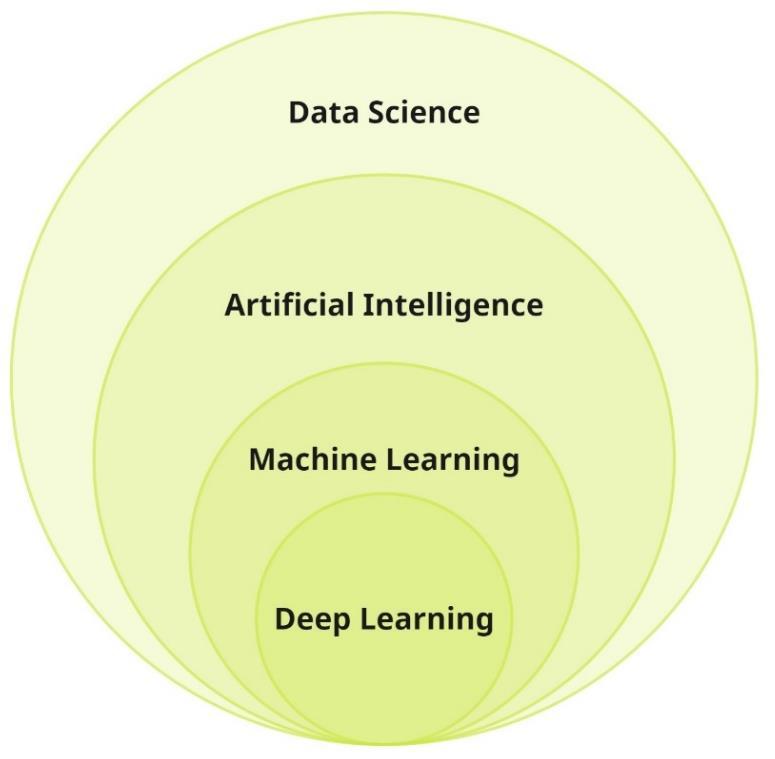Machine Learning Applied to Building Information Models
5. CASE STUDY PROPOSAL: BIM2GNN WORKFLOW 5.1.
Definition of a problem in the industry
In an overview of the concepts reviewed and discussed in the main body of this dissertation above, it was clearly observed that the data could be a powerful instrument in the AEC industry that become richer with the increasing exploitation of BIM Models. Machine Learning, on the other hand, is among prominent technologies used for automation, prediction and other types of learning activities. Space Syntax was explored as a powerful tool in translating BIM data to machine-readable information that can be applied as an input for Machine Learning algorithms. For the current case study, SS is considered as a link that connects BIM and ML. The objectives, methodology and results of the case study are discussed in the following sections. 5.2.
Case Study
Architectural layout modelling in BIM is the main target of this case study. The case study consists of an experiment of automatic space labelling in the BIM models.
Figure 29 – BIM models as synthetic data input for ML algorithm – layouts with five rooms (Used software: Autodesk Revit) 5.2.1.
Objectives
The objective of this case study is to implement the practical workflow to investigate a general framework and methodology of applying ML algorithms on BIM models. The possibility of practical implementation of this workflow will also be analysed. The literature review performed for this study suggests that, to the knowledge of the author, there is no extensive work in managing the conceptual architectural design process by integrating ML and BIM Erasmus Mundus Joint Master Degree Programme – ERASMUS+ European Master in Building Information Modelling BIM A+
45





